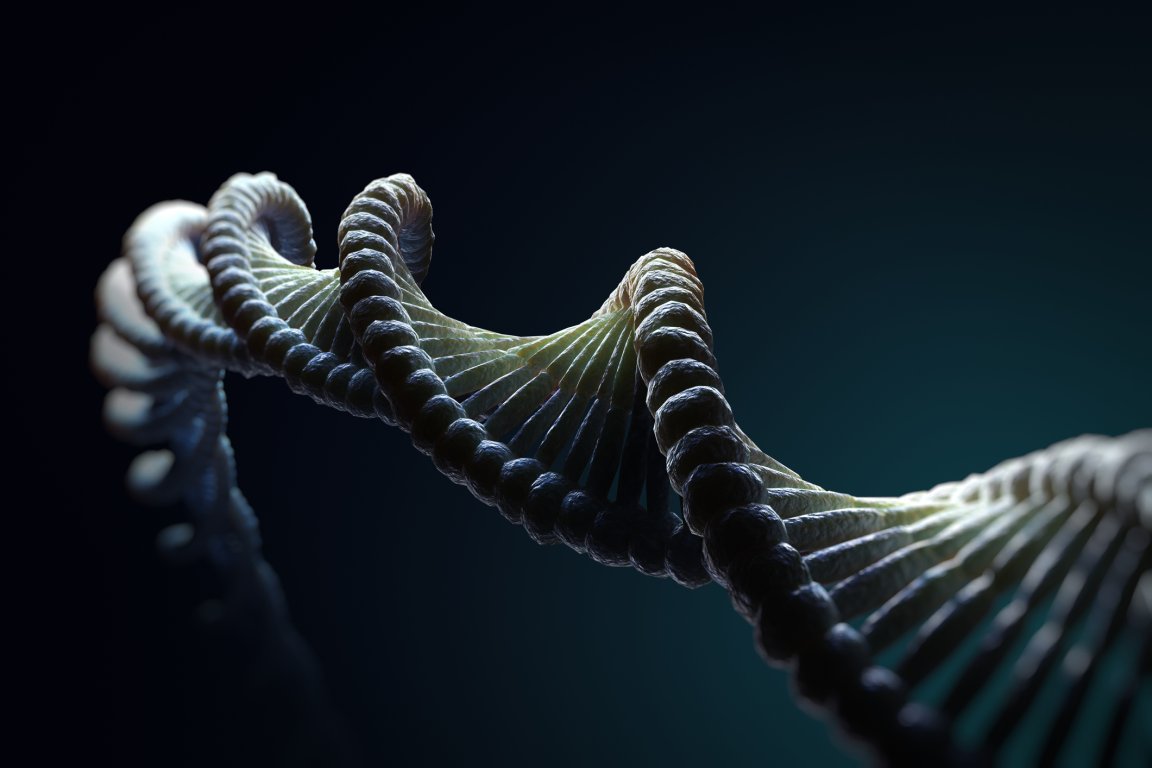
DNA Origami
In 1953, a pair of scientists named James D. Watson and Francis H.C. Crick — with help from the data supplied by the research of another scientist, Rosalind Franklin, — successfully modeled the structure of DNA for the first time. Since then, whenever we think of DNA, we usually imagine the double helix-shaped, ladder-like structure that Franklin, Watson, and Crick described.
However, we now know that this classic configuration is not the only way DNA can be structured. In fact, scientists have taken to folding DNA into new forms — a technique they’ve dubbed “DNA Origami.” As the name implies, DNA Origami scientists have created several different shapes using DNA strands, including hearts, triangles, and even the smiley face emoji.
A team of scientists at Arizona State University (ASU) and Harvard University (HU) took DNA Origami to the next level and are now creating “single-stranded origami” (ssOrigami) shapes using one long, spaghetti noodle-like strand of DNA. The strand is capable of self-folding multiple times without forming a single knot and marks a significant advancement in DNA nanotechnology.

DNA isn’t the only molecule scientists have accomplished the feat with, as RNA can be used as well. Previously, there were only two ways to make DNA/RNA structures with limited sizes: the first involved using molecular brick; smaller and much shorter strands of DNA that could be folded together. The second was scaffolded DNA, which required the use of a secondary helper DNA strand to securely fit the primary DNA into place.
“The key innovation of our study is to use DNA and RNA to construct a structurally complex yet knot-free structure that can be folded smoothly from a single strand,” said Hao Yan, co-inventor of the technology and director of the ASU Biodesign Institute’s Center for Molecular Design and Biomimetics. “This gave us a design strategy to allow us to fold one long strand into complex architecture.”
Once the team was able to understand how RNA makes structures, they proceeded to develop a fully programmable single-stranded origami architecture. Using newly made algorithm and user-friendly software tool, they made a series of DNA Origami structures: four rhombuses and two heart shapes.
New Forms of Nanomedicine
Yan explains that he sees the new development as a new opportunity for synthetic biology that is ready to be taken advantage of. The efforts of Yan and his team may one day lead to the design and production of nanobots capable of delivering drugs within cells to the site of injuries, which is similar to an idea that’s already being explored to remove cancer cells.

Best of all, the single strand DNA used to make DNA Origami can be produced inside of living cells. The team demonstrated this by inserting the DNA into a plasmid that had previously been placed within the cells of the bacteria E. coli.
“Because plasmid DNA can be easily replicated in E. coli, the production can be scaled up by growing a large volume of E. coli cells with low cost,” Yan explained. Single strand DNA can also be made from scratch in laboratories, though that process would be more costly.
Going forward, there’s potential to make the ssOrigami structures within the cells, forgoing the need to produce single strand DNA beforehand. According to Yan, the best situation would be an RNA sequence designed to be transcribed inside the bacteria. While inside, the RNA strand would self-fold and create the origami shape. From there, the bacteria could be used as a factory to produce more DNA and RNA structures.
“We’ve really scaled up the complexity while scaling down the costs,” concluded Yan. “This study significantly expands the design space and scalability for bottom-up nanotechnology, and opens the door for health applications.”